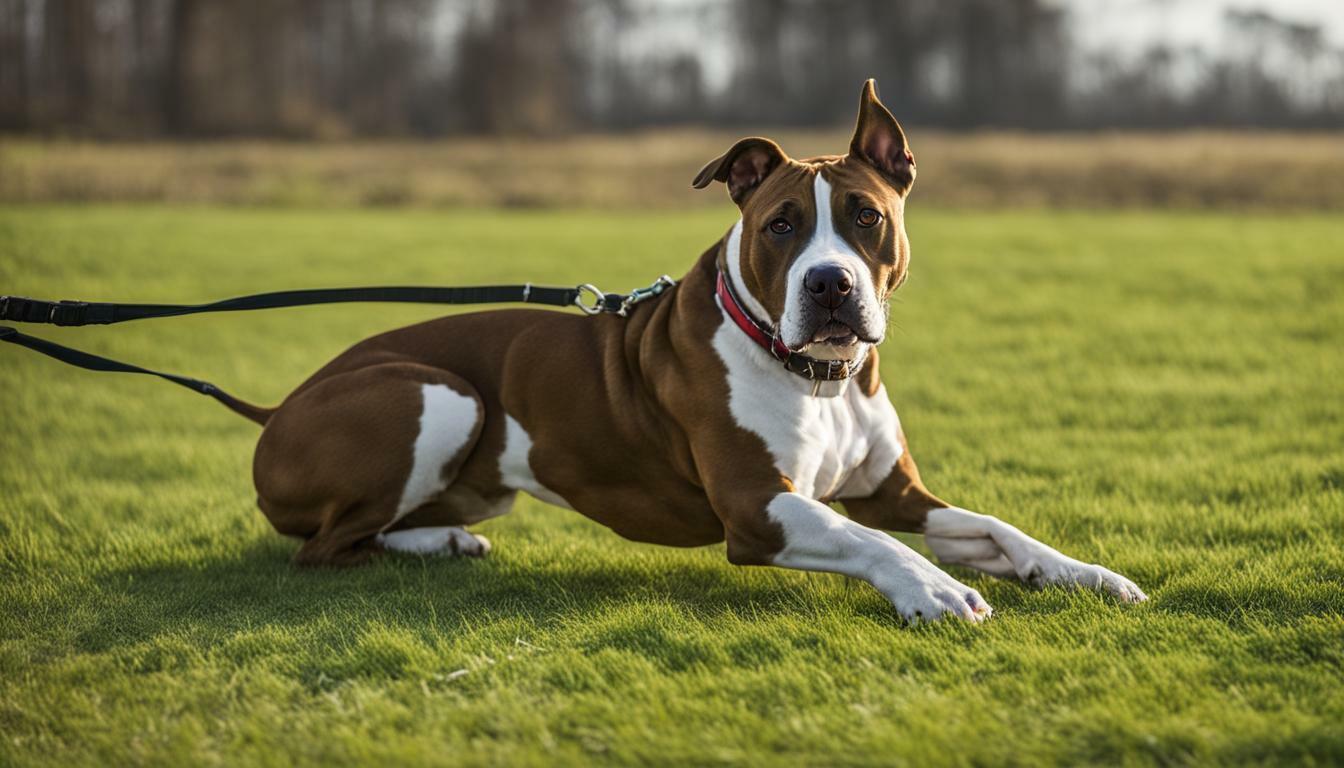Welcoming a dog into your home is a journey filled with joy, companionship, and sometimes, a few challenges. As loving pet parents, we understand that our furry friends are more than just pets—they are family. Yet, even the most well-behaved dogs can occasionally exhibit behaviors that are less than desirable, from chewing on furniture to excessive barking. These actions are often not just random acts of mischief but signals of underlying needs or emotions. In this guide, we will explore effective and compassionate strategies to prevent destructive behavior in dogs, helping you create a harmonious environment where both you and your canine companion can thrive. With a little patience, understanding, and the right approach, you can transform these challenges into opportunities for growth and deeper connection with your beloved pet.
Understanding the Root Causes of Destructive Behavior
To effectively address and prevent destructive behavior in dogs, it is essential to delve into the underlying causes that trigger such actions. Dogs may resort to destructive behavior due to various reasons, including boredom, anxiety, or lack of proper training. Recognizing these root causes can help in developing a tailored approach to mitigate the behavior. For instance, a dog that is left alone for extended periods might chew on furniture or dig up the yard out of boredom or separation anxiety. Similarly, inadequate mental and physical stimulation can lead to a buildup of energy, manifesting as destructive actions.
- Boredom: Dogs need regular mental and physical exercise. Incorporate engaging toys or interactive games to keep their minds occupied.
- Anxiety: Destructive behavior can be a coping mechanism for anxiety. Establish a routine and provide comfort through a safe space or calming aids.
- Lack of Training: Ensure consistent training to set boundaries and teach appropriate behavior. Positive reinforcement can be a powerful tool.
Understanding and addressing these core issues not only curbs destructive behavior but also enhances the overall well-being and happiness of your canine companion.

Creating a Stimulating Environment for Your Dog
Designing a lively and engaging space for your furry friend is essential in curbing unwanted habits. Dogs are naturally curious and thrive in environments that cater to their instinctual needs. Start by incorporating a variety of interactive toys that challenge their problem-solving skills. Puzzle feeders and treat-dispensing toys can keep them entertained for hours, reducing boredom-induced behaviors.
- Rotate toys regularly to maintain interest.
- Include a mix of textures and shapes.
- Introduce new scents using safe essential oils.
In addition to toys, create designated areas for activities like digging or chewing. A sandbox filled with hidden treasures can be a delightful spot for dogs who love to dig, while a sturdy chew toy corner can satisfy their need to gnaw. Remember, the goal is to mimic the variety and stimulation they would find in nature, ensuring they remain both mentally and physically active.

Establishing Consistent Training and Positive Reinforcement
Developing a reliable training routine is pivotal in curbing destructive behavior in dogs. Regularity not only helps in establishing a predictable environment but also strengthens the bond between you and your furry friend. Begin by setting aside specific times each day for training sessions, ensuring they are short and engaging to maintain your dog’s interest. Consistency in commands and cues is essential; use the same words and gestures to avoid confusion.
Positive reinforcement is a powerful tool in shaping desired behaviors. This approach involves rewarding your dog immediately after they exhibit a good behavior, reinforcing the idea that such actions lead to positive outcomes. Consider using a variety of rewards to keep things exciting:
- Treats: Choose healthy and tasty options that your dog loves.
- Verbal Praise: A warm, enthusiastic “Good job!” can work wonders.
- Physical Affection: A gentle pat or a belly rub is often appreciated.
- Playtime: Engage in a favorite game as a reward.
Remember, the key is to reward immediately and consistently, reinforcing the behavior you want to see more often. By integrating these practices, you’ll foster a positive learning environment that not only prevents destructive behavior but also nurtures a well-behaved and happy dog.

Building a Strong Bond Through Quality Time and Exercise
One of the most effective ways to curb destructive behavior in dogs is by spending quality time with them through engaging activities and regular exercise. Dogs thrive on interaction and physical activity, both of which are crucial in channeling their energy positively. By integrating fun exercises into your daily routine, you not only strengthen your bond with your furry friend but also keep their minds and bodies stimulated. Consider incorporating the following activities:
- Interactive Play: Games like fetch, tug-of-war, or hide and seek not only provide physical exercise but also mental stimulation.
- Agility Training: Set up a simple agility course in your backyard or living room. This enhances their coordination and focus while providing a great workout.
- Daily Walks or Runs: Regular walks or runs help to expend energy, reduce anxiety, and improve overall health.
- Socialization: Arrange playdates with other dogs to encourage social skills and reduce boredom-induced destructive behavior.
Incorporating these activities into your routine can lead to a happier, healthier, and more obedient dog. Remember, consistency is key—the more regular your interactions and exercises, the more profound the impact on your dog’s behavior.

